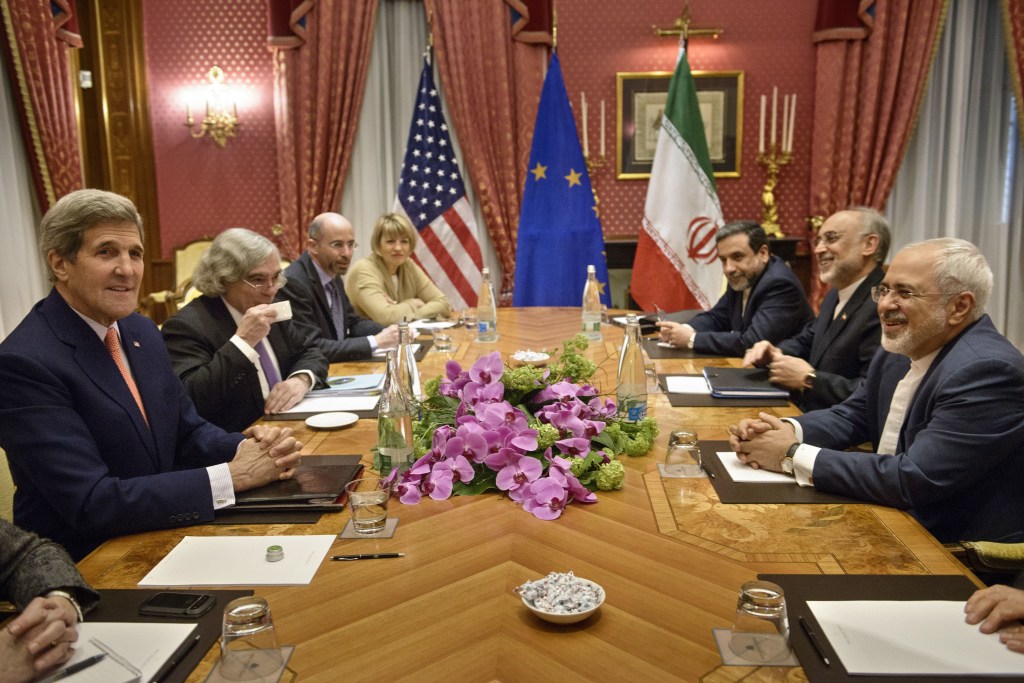A Plan for Iran

World leaders have been locked in a battle about Iran's nuclear-power program for years. On April 2, Iranian officials agreed to the outline of a deal with the United States, Britain, France, Russia, China, and Germany. Years of negotiations and eight days of tense talks in Lausanne, Switzerland, led to the breakthrough agreement.
The Nuclear Non-Proliferation Treaty of 1968 set up strict rules to limit production of nuclear bombs, which are among the most powerful, deadliest weapons in the world. Currently, 190 countries, including Iran, have signed the treaty. But many world leaders fear that Iran cannot be trusted and that it wants to build nuclear weapons.
Is It a Long-Term Solution?
The proposed agreement would set strict limits for 15 years on Iran's ability to create nuclear bombs. In return, the U.S. and the European Union would lift sanctions that have hurt Iran's economy.
The details must be negotiated and finalized by June 30. In the U.S., Secretary of State John Kerry and President Barack Obama hope to get support for the plan. "I am convinced that if this framework leads to a final, comprehensive deal, it will make our country, our allies, and our world safer," Obama said.
Many people abroad and at home oppose the plan. Critics say the framework is full of loopholes and would only delay a real solution. "It is clear that this 'deal' is a direct threat to peace and security of the region and the world," Speaker of the House John Boehner said.
On April 10, Supreme Leader Ayatollah Ali Khamenei, of Iran, also challenged much of the plan. For now, the agreement is far from a done deal.
A Look at Iran
GEOGRAPHY 636,372 square miles (1,648,195 square kilometers); slightly larger than Alaska
POPULATION 80,840,713 as of July 2014
RELIGION Muslim
LANGUAGES Persian, Turkic, Kurdish, and others
GOVERNMENT The country was known as Persia until 1935. From 1921 until 1979, it was ruled by kings called shahs. Iran became a constitutional Islamic republic in 1979, when a revolution overthrew the shah. The country has a supreme leader and a president.












